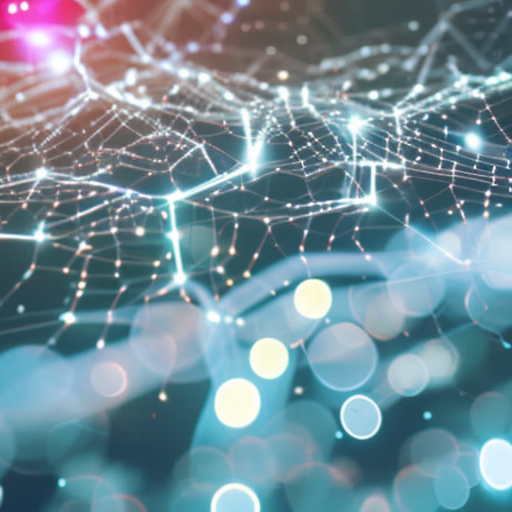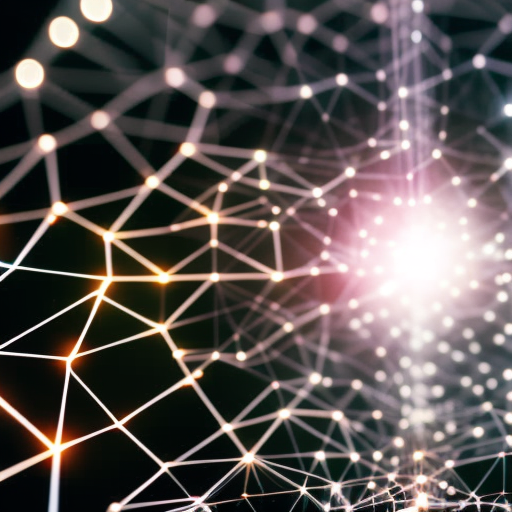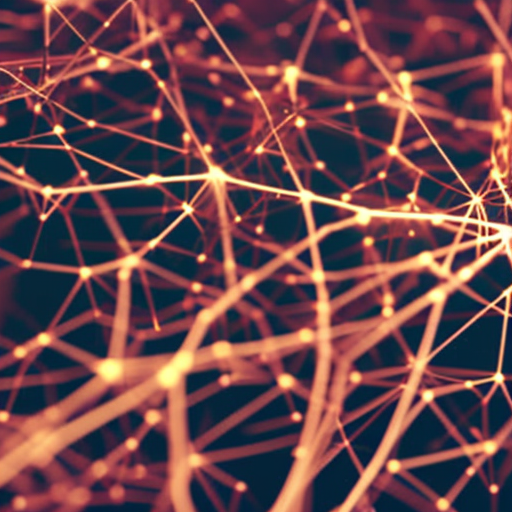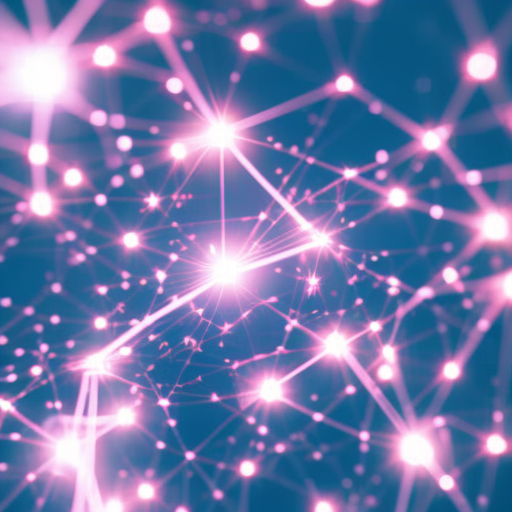Biomedical informatics is the application of computer science and information technology to improve healthcare and biomedical research.
Bioinformatics Explained
Bioinformatics is the interdisciplinary field that combines biology, computer science, and statistics to analyze and interpret biological data.
Artificial Intelligence Explained
Artificial intelligence is the development of computer systems that can perform tasks that would typically require human intelligence.
Machine Learning Explained
Machine learning is a field of study that focuses on developing algorithms and models that enable computers to learn and make predictions or decisions without being explicitly programmed.
Robotics Explained
Robotics is the interdisciplinary field that focuses on designing, building, and programming robots to perform tasks autonomously or with human assistance.
Big Data Analytics Explained
Big data analytics is the process of analyzing large and complex datasets to extract valuable insights and make informed decisions.
Deep Learning Explained
Deep learning is a subset of artificial intelligence that uses neural networks to mimic the human brain and make complex decisions.
Neural Networks Explained
Neural networks are computational models inspired by the human brain that can learn and make predictions based on complex patterns and data.
Augmented Analytics Explained
Augmented analytics is the use of artificial intelligence and machine learning to enhance data analysis and decision-making processes.
Assistive Robots Explained
Assistive robots are advanced machines designed to aid and support humans in various tasks, enhancing independence and quality of life.
Industrial Robots Explained
Industrial robots are advanced machines designed to automate and perform tasks in manufacturing and industrial settings.
Neuromorphic Engineering Explained
Neuromorphic engineering is a field that aims to develop computer systems inspired by the structure and function of the human brain.




















